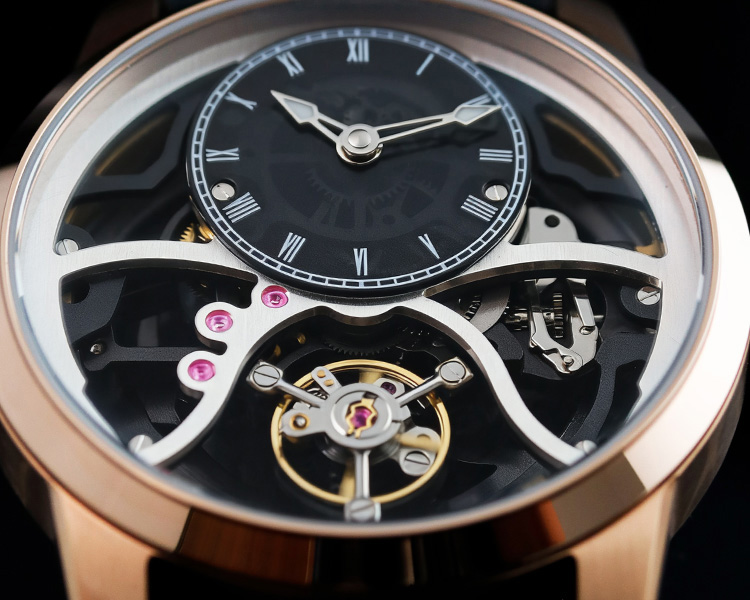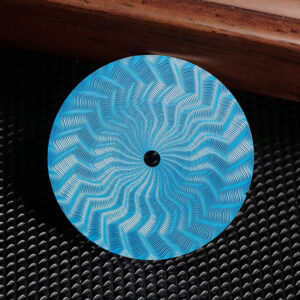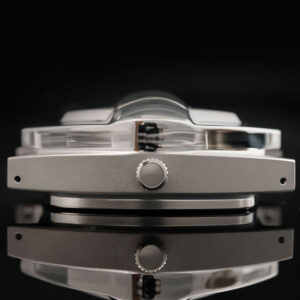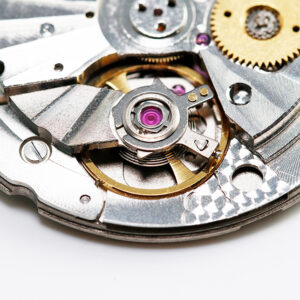Mechanical watches use springs, gears, and escapements—not electronics. While smartwatches offer notifications and connectivity, they suffer from battery limits, software obsolescence, and frequent upgrades. Mechanical watches endure due to craftsmanship, heritage, emotional value, and repairability. Growing interest from Gen Z, sustainability concerns, and the appeal of timeless design help explain why mechanical watches are still popular.
In the following sections, we’ll unpack the core reasons mechanical watches endure, explore market and cultural trends, and examine strategies that watch brands use to remain resilient in a digital world.
Core Reasons Mechanical Watches Endure
Craftsmanship, Heritage & Artistry
One of the strongest appeals of mechanical watches is their craftsmanship and tradition. A fine mechanical movement can contain hundreds of precisely machined parts, assembled, decorated, and often regulated by hand. This level of detail cannot be replicated by mass-market electronics. As one case in point, the coaxial escapement invented by George Daniels remains a hallmark in modern horology, and it’s used by brands like Omega. Wikipedia – Coaxial escapement ↗
Moreover, many watch brands tie their identity to centuries-old heritage, using history and legacy as a differentiator. The ability to see movement components—via exhibition case backs or open-heart dials—turns the watch into a miniature mechanical sculpture. Internal links you might embed include “Mechanical Movement Components Explained” or “History of Watchmaking Traditions.”
Durability, Repairability & Longevity
Unlike consumer electronics, mechanical watches are designed for serviceability. Components can be disassembled, cleaned, re-oiled, or replaced over decades. A mechanical watch, with proper maintenance, can last multiple generations. In contrast, smartwatches become obsolete or battery-worn after a few years.
Material choices—stainless steel, titanium, sapphire crystals, anti-magnetic alloys—also contribute to durability. Many mechanical watches include shock protection systems (e.g. Incabloc), tested under standards such as ISO 1413, ensuring the balance staff can survive falls from 1 meter. Wikipedia – Shock-resistant watch ↗
Emotional Connection, Identity & Symbolism
Mechanical watches often embody narrative, identity, and sentiment. They are not just tools but symbolic objects—heirlooms, gifts, milestones. The tactile experience of winding, day-to-day wear, the soft sweep of the second hand—all create a bond between object and owner.
Collectors prize limited editions, vintage models, and rare movements. In many cases, the value of a mechanical watch grows or at least holds through time, while smartwatches typically depreciate heavily. This emotional and symbolic dimension often trumps raw functionality.
Counterpoints & Market Trends
Functionality vs Feature Overload
Smartwatches pack many features—health sensors, notifications, apps—but many users eventually question whether they need all that. The “feature overload” can result in fatigue. By contrast, mechanical watches typically focus on timekeeping (with optional complications) and do that elegantly and reliably. As an article on watcheshome put it, many appreciate that a mechanical watch “performs a single task, and they perform it well.” How Do Mechanical Watches Work ↗
Young Consumers, Vintage Revival & Second-hand Market Growth
Younger consumers (Millennials, Gen Z) are showing renewed interest in analog, vintage, and craftsmanship. The second-hand and pre-owned luxury watch market has grown significantly, thanks in part to trust building via platforms like Chrono24. Mechanical watches’ durability and collectible nature feed this resurgence.
Meanwhile, smartwatches often become obsolete with software changes; mechanical watches remain rooted in mechanical standards and retain baseline functionality even without software support.
Sustainability & Environmental Considerations
Electronic devices consume batteries and are often discarded. Mechanical watches, by comparison, require maintenance but often generate far less e-waste. Brands increasingly emphasize sustainable materials and ethical sourcing, framing mechanical watches as more environmentally responsible alternatives.
Resilience Strategies for Mechanical Watch Brands
Innovation Without Losing Identity
To stay relevant, mechanical watch brands adopt technical advances—such as anti-magnetic materials (e.g. silicon, Nivarox), high-frequency movements, temperature compensation, or improved lubrication—but still maintain classical forms and movement architecture. This helps retain purist appeal while improving performance.
Marketing, Storytelling & Brand Community
Brands invest heavily in storytelling: artisan workshops, manufacture tours, limited editions, heritage campaigns, and collector communities. Engaging brand communities and cultivating brand identity are key to retaining emotional appeal. Internal links could include “Brand Heritage Case Studies” or “How Watch Brands Tell Their Story.”
After-sales Support & Heritage Service
A robust after-sales and servicing infrastructure helps maintain customer trust. Brands offer servicing, parts replacement, movement overhaul decades later. This long-term support reinforces the mechanical watch’s lifespan advantage over disposable electronic devices.
Conclusion: The Lasting Place of Mechanical Watches
In summary, why mechanical watches are still popular is multifaceted:
-
They offer craftsmanship, aesthetic beauty, and legacy against the backdrop of ephemeral digital trends.
-
Their repairability and longevity invert the disposable tech lifecycle model.
-
Their emotional and symbolic value elevates them from mere tools to meaningful objects.
-
Market trends—vintage revival, sustainability, identity-centric consumption—favor mechanical timepieces.







